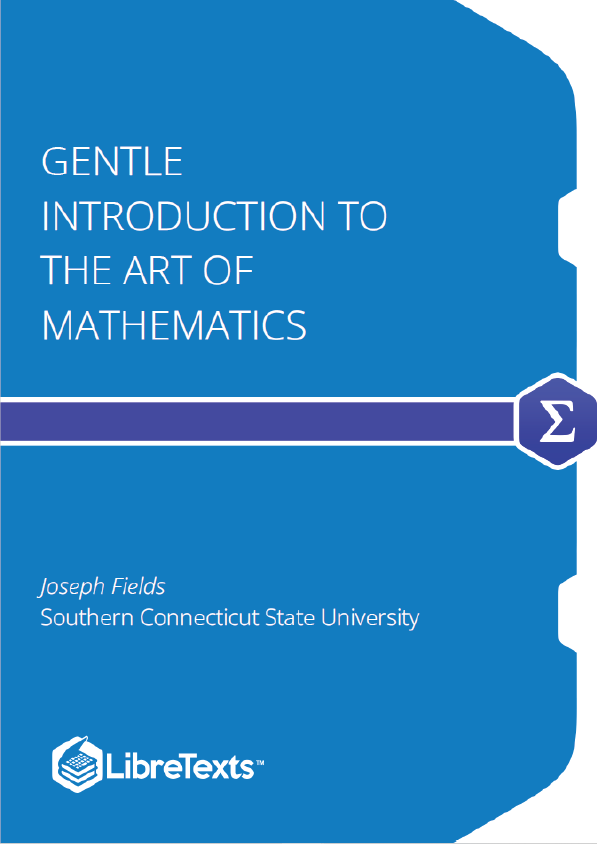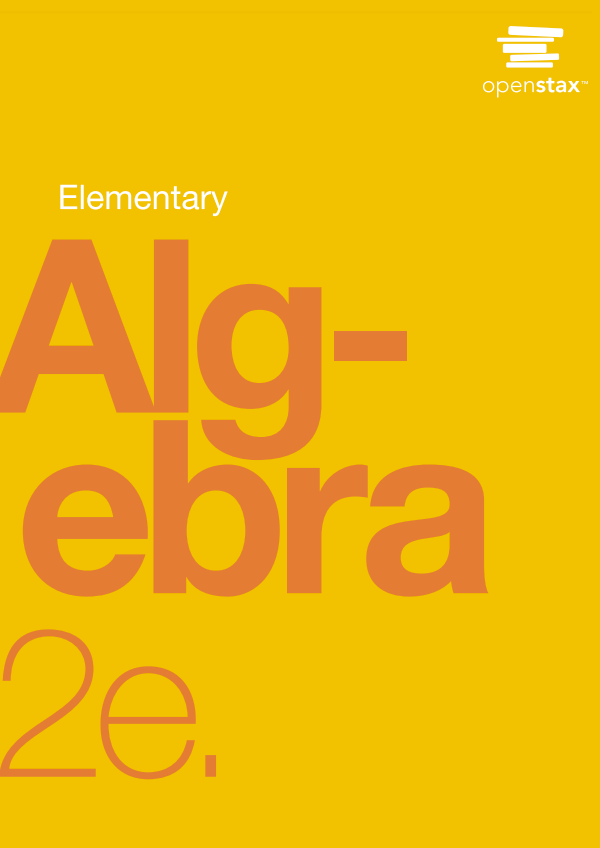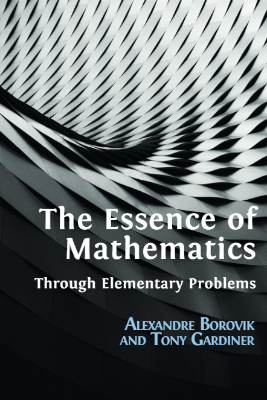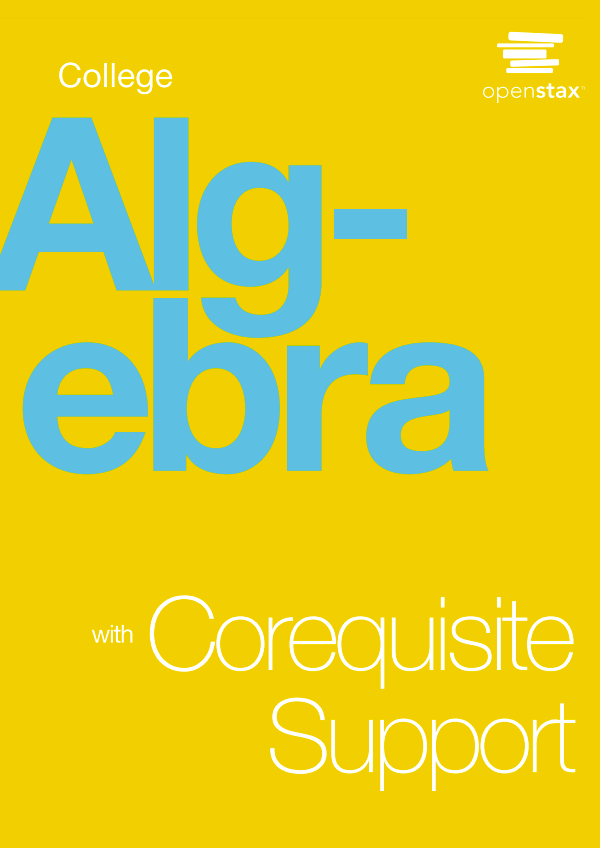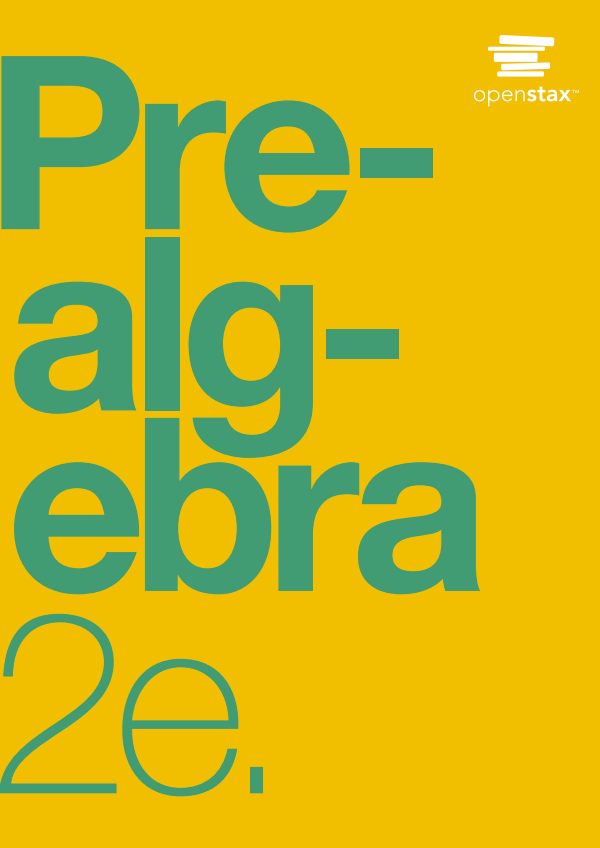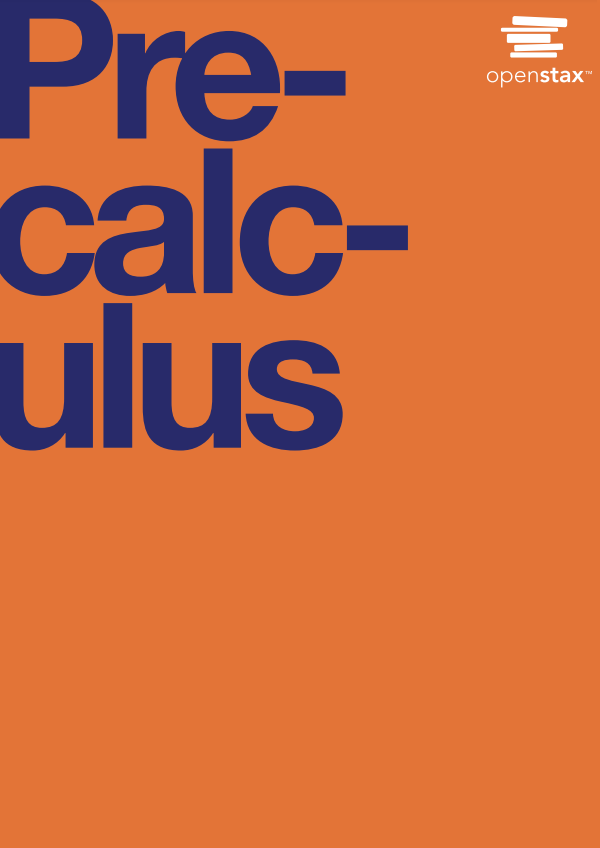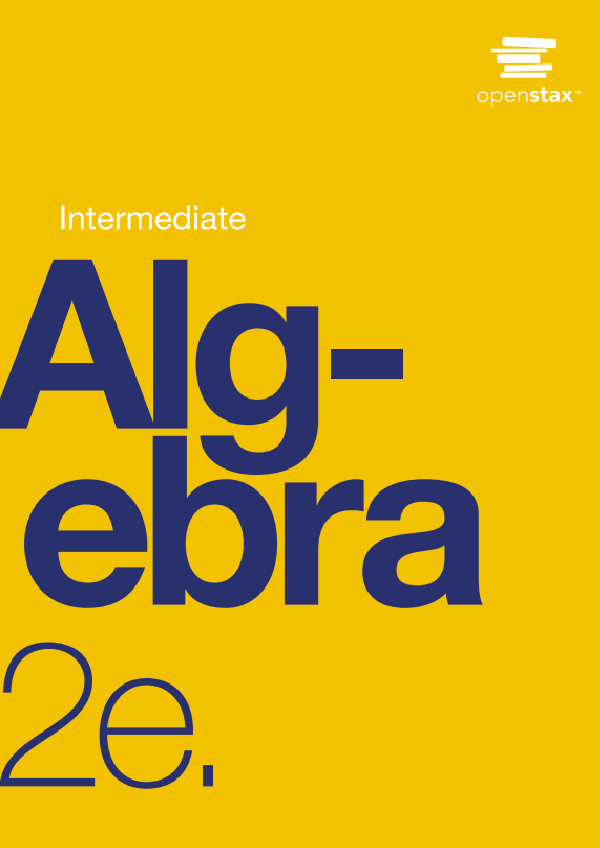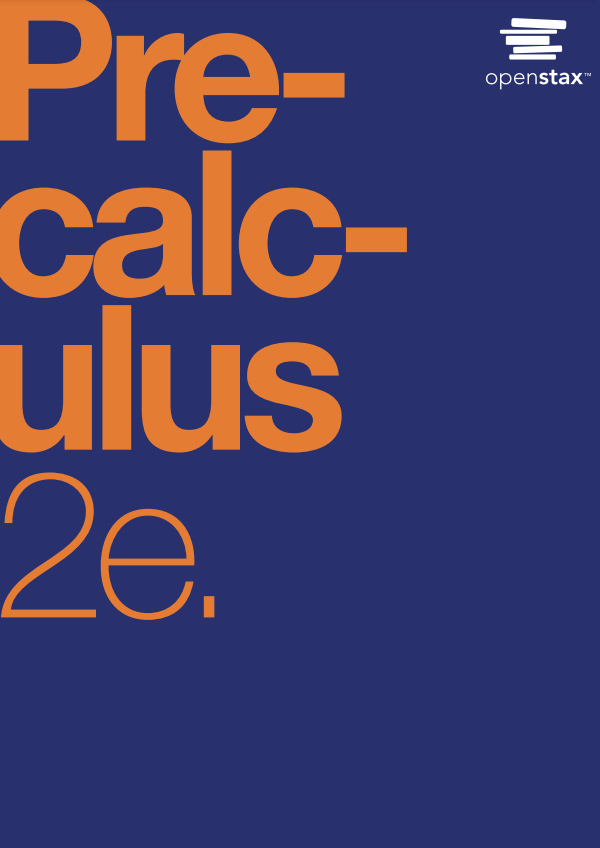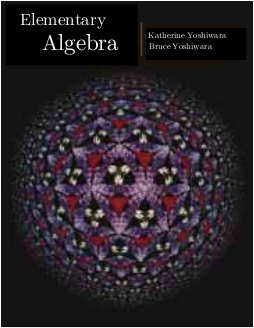GIAM (a Gentle Introduction to the Art of Mathematics) is a free, open-source textbook that covers several topics in the foundations of mathematics (logic, sets, relations, functions and cardinality) and introduces the reader to many techniques of mathematical proof (direct, indirect, contradiction, contrapositive, mathematical induction, combinatorial proofs and magic)
Basic Sets
It has been said that “God invented the integers, all else is the work of Man.” This is a mistranslation. The term “integers” should actually be “whole numbers.” The concepts of zero and negative values seem (to many people) to be unnatural constructs. Indeed, otherwise intelligent people are still known to rail against the concept of a negative quantity – “How can you have negative three apples?” The concept of zero is also somewhat profound.
Probably most people will agree that the natural numbers are a natural construct – they are the numbers we use to count things. Traditionally, the natural numbers are denoted .
At this point in time there seems to be no general agreement about the status of zero as a natural number. Are there collections that we might possibly count that have no members? Well, yes – I’d invite you to consider the collection of gold bars that I keep in my basement…
Definitions – Prime Numbers
You may have noticed that in Section 1.1 an awful lot of emphasis was placed on whether we had good, precise definitions for things. Indeed, more than once apologies were made for giving imprecise or intuitive definitions. This is because, in Mathematics, definitions are our lifeblood. More than in any other human endeavor, Mathematicians strive for precision. This precision comes with a cost – Mathematics can deal with only the very simplest of phenomena . To laypeople who think of math as being a horribly difficult subject, that last sentence will certainly sound odd, but most professional Mathematicians will be nodding their heads at this point. Hard questions are more properly dealt with by Philosophers than by Mathematicians. Does a cat have a soul? Impossible to say, because neither of the nouns in that question can be defined with any precision. Is the square root of a rational number? Absolutely not! The reason for the certainty we feel in answering this second question is that we know precisely what is meant by the phrases “square root of ” and “rational number.”
We often need to first approach a topic by thinking visually or intuitively, but when it comes to proving our assertions, nothing beats the power of having the “right” definitions around. It may be surprising to learn that the “right” definition often evolves over the years. This happens for the simple reason that some definitions lend themselves more easily to proving assertions. In fact, it is often the case that definitions are inspired by attempts to prove something that fail. In the midst of such a failure, it isn’t uncommon for a Mathematician to bemoan “If only the definition of (fill in the blank) were . . . ”, then to realize that it is possible to use that definition or a modification of it. But! When there are several definitions for the same idea they had better agree with one another!
